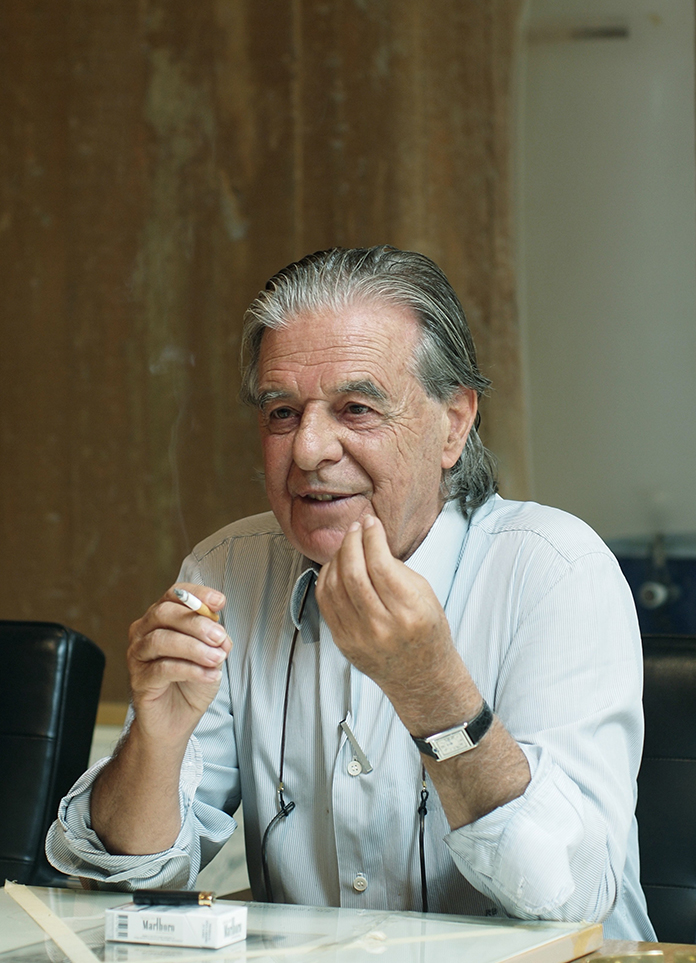Located on a gentle slope between two ravines that connect the pine forest to the lowland jungle of Valle de Bravo, Casa el Espino rests humbly within a warm and dry atmosphere that suggests an austere and mindful language. The design, influenced by environmental and landscape features, responds with a calm layout, all on a single level that respects the topography through subtle shifts in elevation. From the perspective of the lake and the mountain, the house appears like a canopy.
Soler Orozco Arquitectos (SOA) and DIRECCIÓN establish a dialogue between architecture and interior design, rooted in a shared intention: to make the built environment speak to the essential. Through this intent, construction becomes architecture, and materials become elements that move us. Here, concrete, stone, and wood do not aim to dominate, but rather to support a way of living that is discreet, conscious, and quiet one that can age with dignity.
The architecture unfolds around a central gravel courtyard that greets the visitor, framed by the main house and the guest annex. This first gesturewelcomes without ostentation. From there, a covered passage opens into a gabled nave built with black-stained wood structure. It is the social heart of the house: kitchen, dining, living, and bar merge into a fluid space, open to the landscape.

































